Welcome to the world of quilt binding with Missouri Star Quilt Co! Our tutorials offer quilters of all skill levels clear, easy-to-follow guidance on achieving a professional finish. Jenny Doan’s approachable style makes the binding process less daunting, ensuring every quilt receives a beautiful, durable edge.
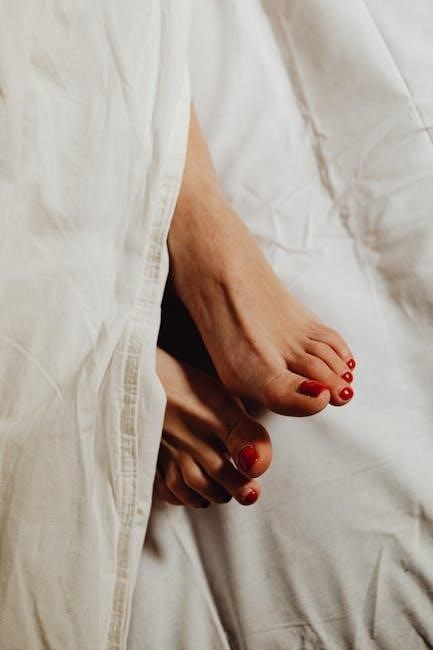
Materials Needed for Quilt Binding
To begin your quilt binding journey, gather essential materials. You’ll need fabric for binding strips, a rotary cutter, a cutting mat, and a quilting ruler for precise cuts. A reliable sewing machine, thread, pins, and an iron are also crucial for successfully attaching and finishing your quilt binding.
Fabric Selection for Binding Strips
Choosing the right fabric for your binding strips is paramount for a cohesive and durable quilt finish. Consider the quilt’s overall color scheme; you can opt for a binding that blends seamlessly or one that offers a contrasting pop. Cotton fabrics are a popular choice due to their durability and ease of handling.
Think about the fabric’s weight and texture. A binding fabric that is too heavy can create bulk, while one that is too light might not provide sufficient durability. Pre-washed fabrics are recommended to prevent shrinkage after the quilt is completed.
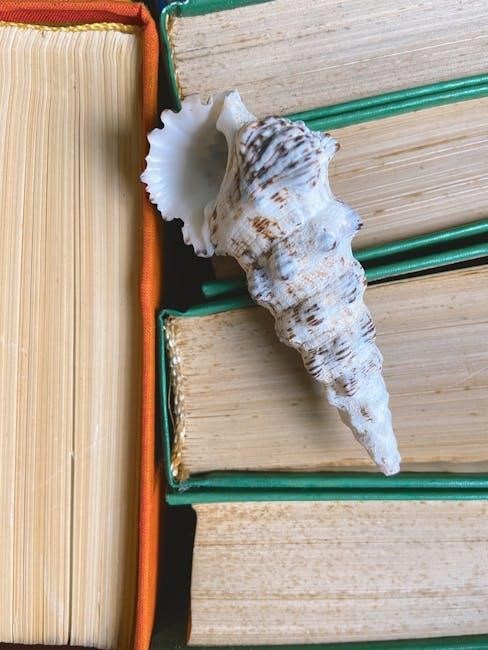
For a scrappy look, consider using leftover fabrics from the quilt top. This can create a harmonious and visually interesting border. Alternatively, a solid-colored binding can provide a clean and modern finish, allowing the quilt’s design to take center stage.
When selecting your binding fabric, ensure it complements the quilt’s style, whether it’s traditional, modern, or whimsical. Ultimately, the fabric choice should reflect your personal preferences and enhance the quilt’s overall aesthetic appeal. Remember, the binding is the frame for your masterpiece!
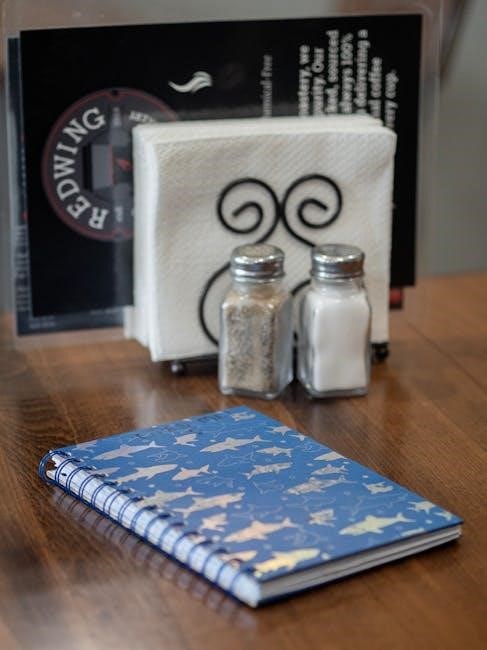
Consider purchasing extra fabric to allow for mistakes or future repairs. With careful planning and thoughtful selection, your binding fabric will contribute significantly to the quilt’s beauty and longevity.

Preparing Binding Strips
Preparing your binding strips is a crucial step for a professional-looking quilt. This involves accurately cutting the fabric into strips of the desired width, typically 2.5 inches, and then joining them together to create one continuous length long enough to go around your entire quilt.
Cutting Binding Strips
Accurately cutting your binding strips is the first step towards a beautifully finished quilt. Typically, strips are cut 2.5 inches wide, but this can be adjusted based on preference and the desired binding width. Using a rotary cutter, a quilting ruler, and a cutting mat ensures precise and consistent cuts.
Begin by selecting your fabric and pressing it to remove any wrinkles or creases. Fold the fabric in half lengthwise, selvedge to selvedge, and place it on your cutting mat. Align the edge of the fabric with one of the grid lines on the mat to ensure a straight cut.
Position your quilting ruler perpendicular to the folded edge of the fabric and cut along the edge to create a straight starting point. Then, using the 2.5-inch mark on your ruler, cut your binding strips one at a time. Maintain consistent pressure on the ruler to prevent it from slipping and ensure accurate cuts.
Continue cutting strips until you have enough to go around the entire perimeter of your quilt, adding extra length for the corners and joining seams. Consistent width is key to a professional-looking binding. Stack the cut strips neatly and prepare for the next step: joining the strips together.
Joining Binding Strips Diagonally
To create a continuous binding strip, the individual strips must be joined together. A diagonal seam is preferred as it distributes bulk and prevents a thick, noticeable join in the finished binding. Start by placing two binding strips right sides together, perpendicular to each other. One strip should be positioned horizontally, and the other vertically, forming a 90-degree angle.
Draw a diagonal line from one corner to the opposite corner on the wrong side of the top strip. This line will serve as your stitching guide. Pin the strips together to prevent shifting during sewing.
Using a sewing machine, stitch along the drawn diagonal line with a standard stitch length. After stitching, trim the excess fabric, leaving a 1/4-inch seam allowance. Press the seam open to reduce bulk.
Repeat this process to join all the binding strips together, creating one long, continuous strip. Press the entire strip in half lengthwise, wrong sides together, to prepare it for attachment to the quilt. This diagonal joining method ensures a smooth, professional-looking binding that will stand the test of time. Take your time and accurate diagonal seams are key to achieving a high-quality finish.

Attaching the Binding to the Quilt
Attaching the binding to your quilt is a crucial step in finishing your project, and Missouri Star Quilt Co. offers easy-to-follow methods for a professional result. Begin by aligning the raw edge of your folded binding strip with the raw edge of your quilt top. Leave a tail of about 10-12 inches unsewn at the start for later joining.

Using a walking foot on your sewing machine can help ensure even feeding of all layers. Start sewing about a quarter of an inch from the edge, using a stitch length of around 2.5mm. As you approach a corner, stop sewing a quarter of an inch from the corner edge. Backstitch to secure the seam.
Remove the quilt from the machine and fold the binding away from the quilt at a 45-degree angle, creating a mitered corner. Then, fold the binding back towards the quilt, aligning the folded edge with the next side. Begin sewing from the corner, backstitching to secure.
Continue this process around the entire quilt. When you return to your starting point, overlap the binding tails and trim any excess. Join the tails with a diagonal seam, press open, and finish sewing the binding to the quilt. This method ensures a neat, continuous binding around your quilt.
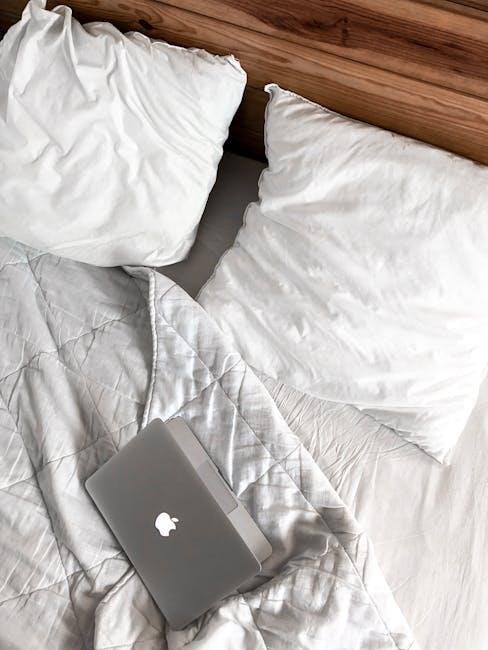
Finishing the Binding by Hand
Hand-finishing your quilt binding adds a touch of elegance and allows for precise control over the final appearance. Missouri Star Quilt Co. provides clear instructions for achieving a beautiful, durable hand-stitched binding. Start by folding the binding over to the back of the quilt, covering the raw edge of the backing fabric.
Use binding clips or pins to hold the binding in place as you work your way around the quilt; Thread a needle with a matching thread and knot the end. Hide the knot inside the binding by bringing the needle up through the folded edge. Use a blind stitch, also known as a slip stitch, to attach the binding to the backing fabric.
Take a small stitch in the binding, then a small stitch in the backing fabric, catching just a few threads. Continue this process, keeping your stitches evenly spaced and tension consistent. At the corners, create a mitered fold for a clean, professional finish.
Once you have stitched all the way around the quilt, secure the thread by burying the knot inside the binding. Trim any excess thread. Hand-finishing provides a polished look, ensuring your quilt is both beautiful and long-lasting. This method allows for adjustments as you go, resulting in a flawless finish.
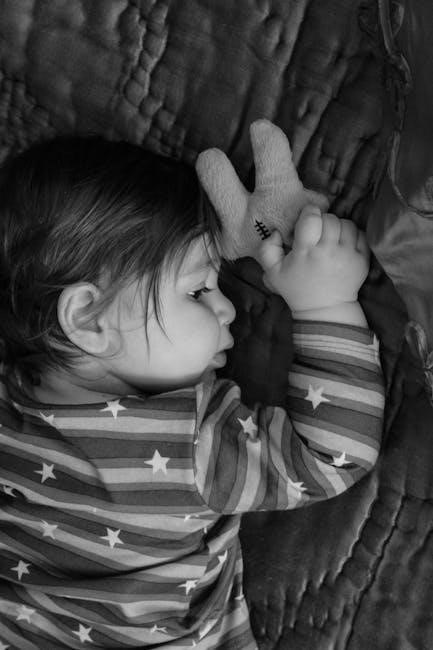
Self-Binding Quilt Techniques
Discover the simplicity and efficiency of self-binding quilt techniques with Missouri Star Quilt Co.! This method is particularly popular for baby quilts and smaller projects, offering a quick and easy way to finish your quilt without the need for separate binding strips. The self-binding technique utilizes the excess backing fabric to create a border that wraps around to the front of the quilt.
Begin by cutting your backing fabric larger than your quilt top, typically by several inches on each side. After quilting, trim the batting to match the quilt top, leaving the excess backing fabric extending beyond the edges. Fold the excess backing fabric over to the front of the quilt, creating a clean, folded edge.
Miter the corners by folding the fabric at a 45-degree angle, creating a neat and professional finish. Pin or clip the folded edge in place, ensuring it covers the raw edge of the quilt top. Stitch the binding down using a straight stitch or a decorative stitch, close to the inner edge of the binding.
Missouri Star Quilt Co. provides tutorials demonstrating various self-binding methods, including options for adding embellishments or decorative stitching. This technique is perfect for beginner quilters and anyone looking for a fast and easy way to finish their quilts. Enjoy the satisfaction of completing your project with a simple, yet effective, self-binding method.
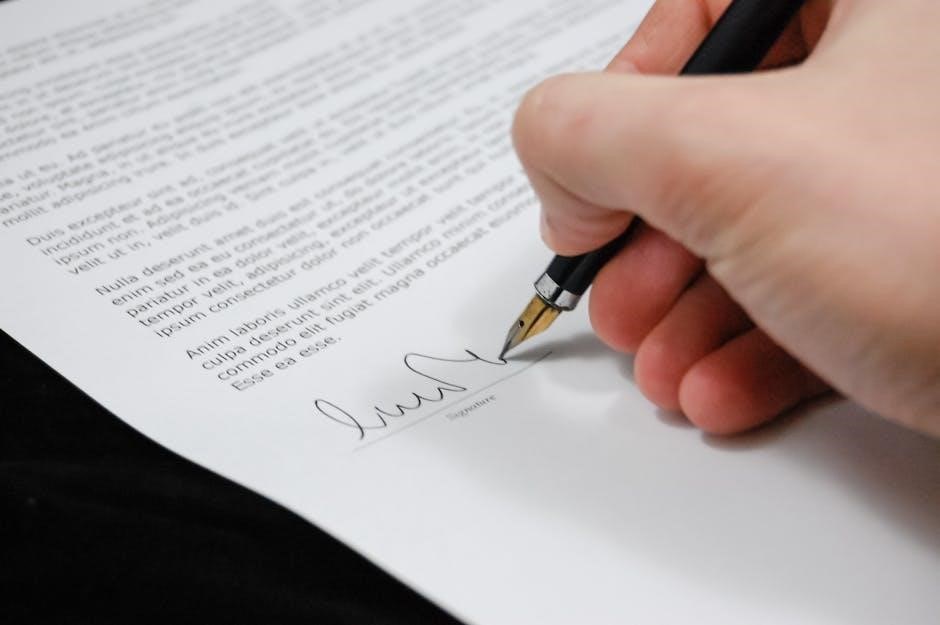
Machine Binding Techniques
Explore the efficiency and precision of machine binding techniques with Missouri Star Quilt Co.! Machine binding offers a faster alternative to hand-sewing, allowing you to complete your quilt quickly while still achieving a professional-looking finish. This method involves attaching the binding to the quilt using a sewing machine for both the front and back.
Start by preparing your binding strips and attaching them to the front of the quilt, aligning the raw edges. Sew the binding to the quilt using a quarter-inch seam allowance. Miter the corners for a clean, professional look. Next, flip the binding over to the back of the quilt, folding it neatly along the edge.
Use clips or pins to hold the binding in place on the back of the quilt. Stitch in the ditch from the front of the quilt, catching the back binding as you sew. This technique creates an invisible stitch on the front and secures the binding on the back.
Missouri Star Quilt Co. offers various tutorials on machine binding, including tips for achieving perfect corners and even stitching. They also demonstrate the use of specialized feet, such as a binding foot, to make the process even easier. With practice, machine binding can become a quick and reliable way to finish your quilts with a neat and durable edge.

